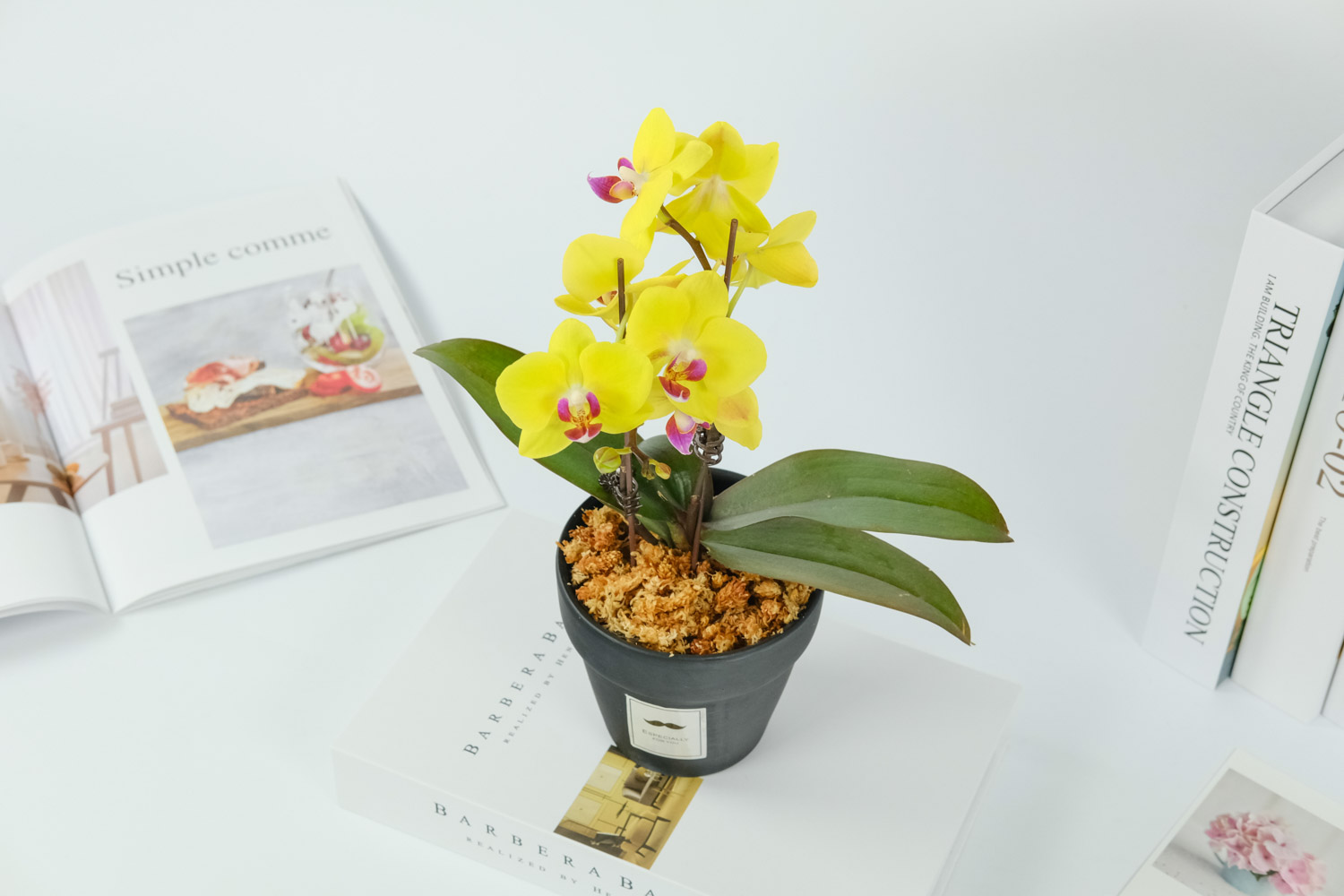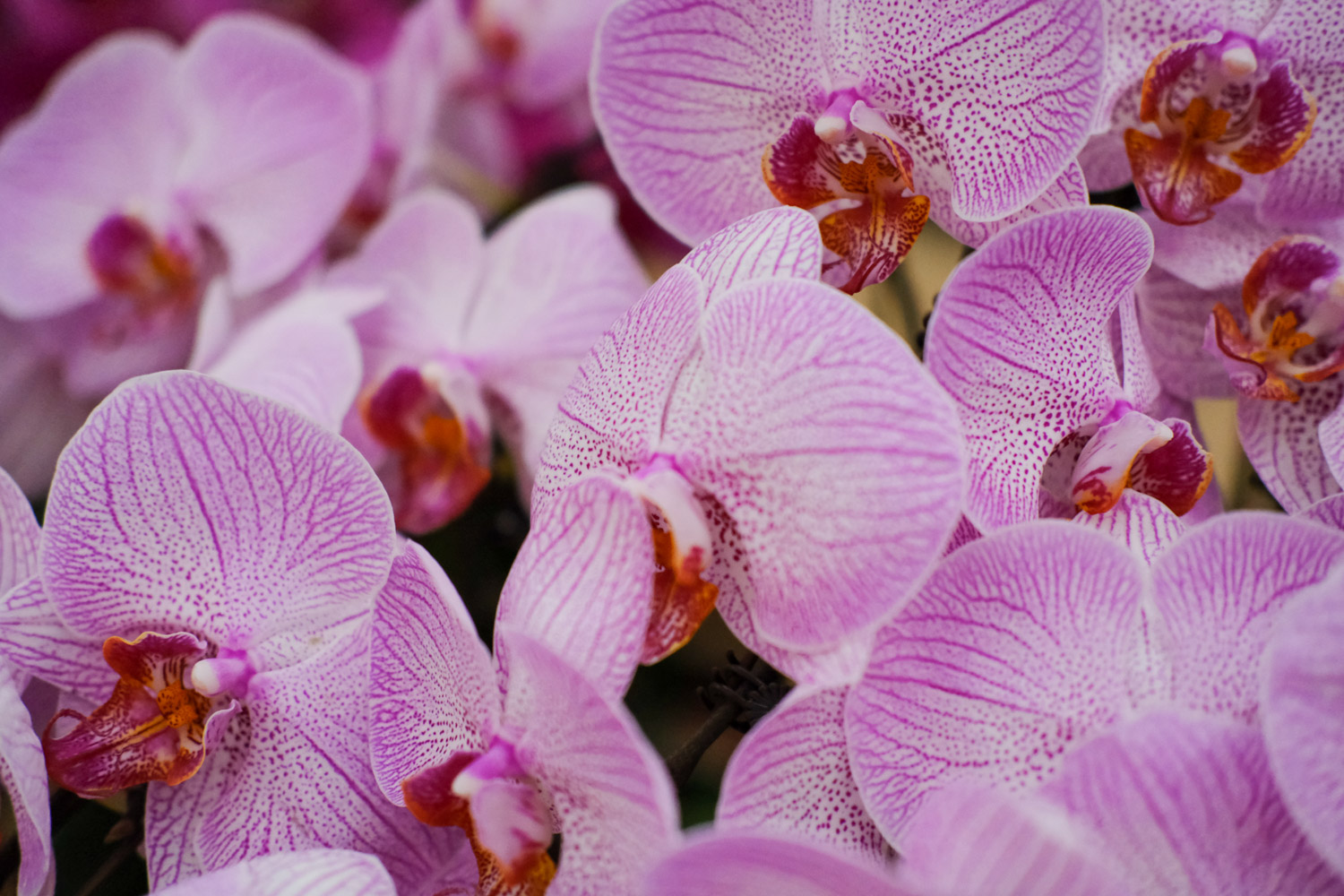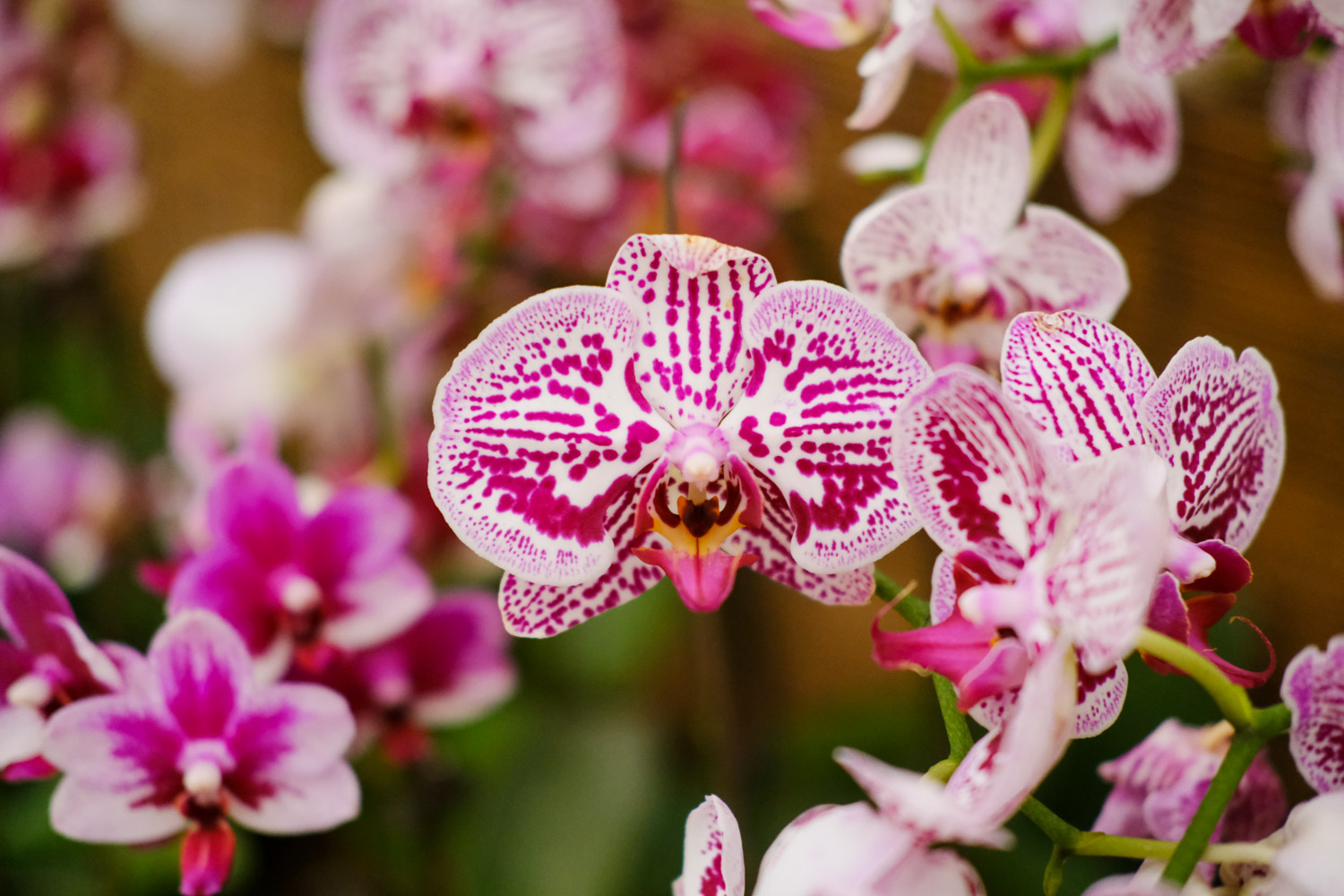1、 Soil requirements
Phalaenopsis is an epiphytic orchid, which can not grow directly in the soil, but should grow on some other substrates. Therefore, when raising it, we can't use the traditional culture soil. We must use epiphytic orchid planting materials with sufficient air permeability and good drainage, so that it can grow normally

2、 Soil mixing method
There are many materials that can be used as alternative planting materials. Water moss, rotten bark, crushed stones, ceramsite, coconut shell, tree fern root, peanut shell and other materials are all excellent alternative materials. When they are mixed together, they can be prepared into plant materials suitable for cultivating Phalaenopsis. If the proportion is not well grasped, the water moss, rotten bark and ceramsite can be mixed and prepared in the proportion of 1:1:1

3、 Key points of cultivation
1. Light: it likes a bright environment and is not suitable for growing in places with strong light. When raising it, pay attention to keep it in a place where there is only scattered light, and don't let it be directly exposed to the sun
2. Watering: it prefers humidity. During maintenance, it should be watered timely and appropriately to keep its plant materials at a certain humidity, which is very beneficial to its growth
3. Soil replacement: the plant material for raising it cannot be used all the time. It should be replaced regularly. It is usually replaced every 1-2 years. In this way, the plant materials can maintain sufficient permeability and avoid their deterioration, which will affect the growth of the plant


 how many times do yo...
how many times do yo... how many planted tre...
how many planted tre... how many pine trees ...
how many pine trees ... how many pecan trees...
how many pecan trees... how many plants comp...
how many plants comp... how many plants can ...
how many plants can ... how many plants and ...
how many plants and ... how many pepper plan...
how many pepper plan...





























